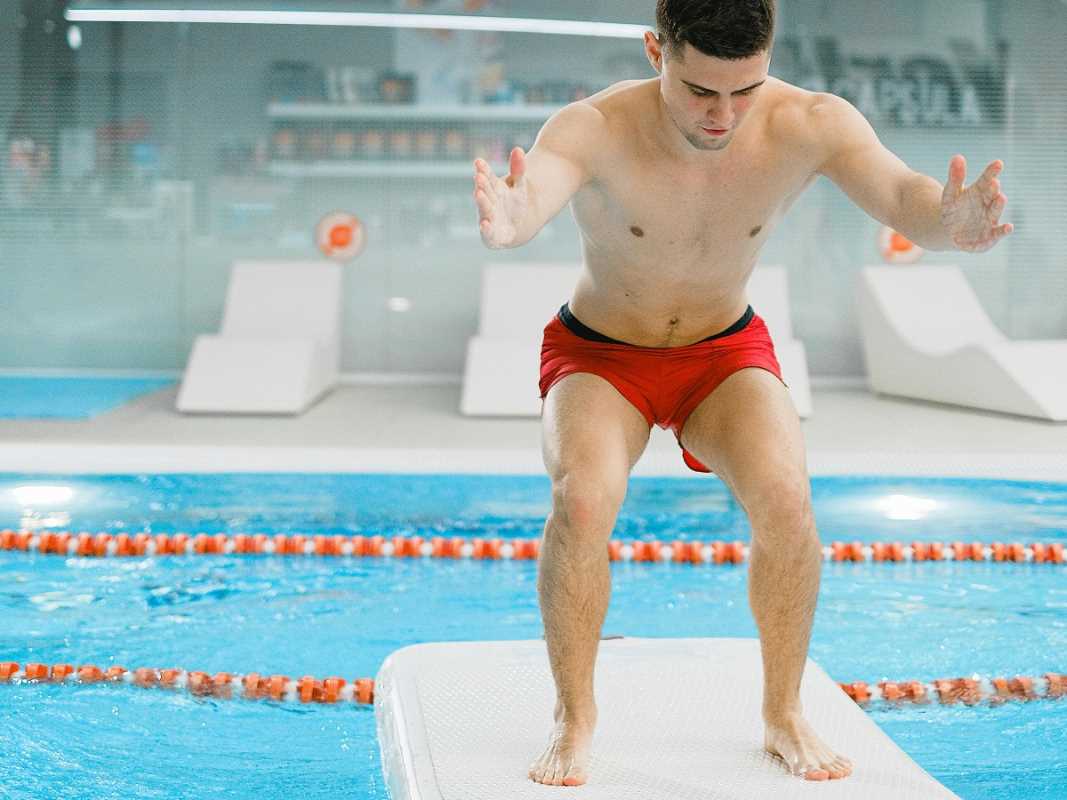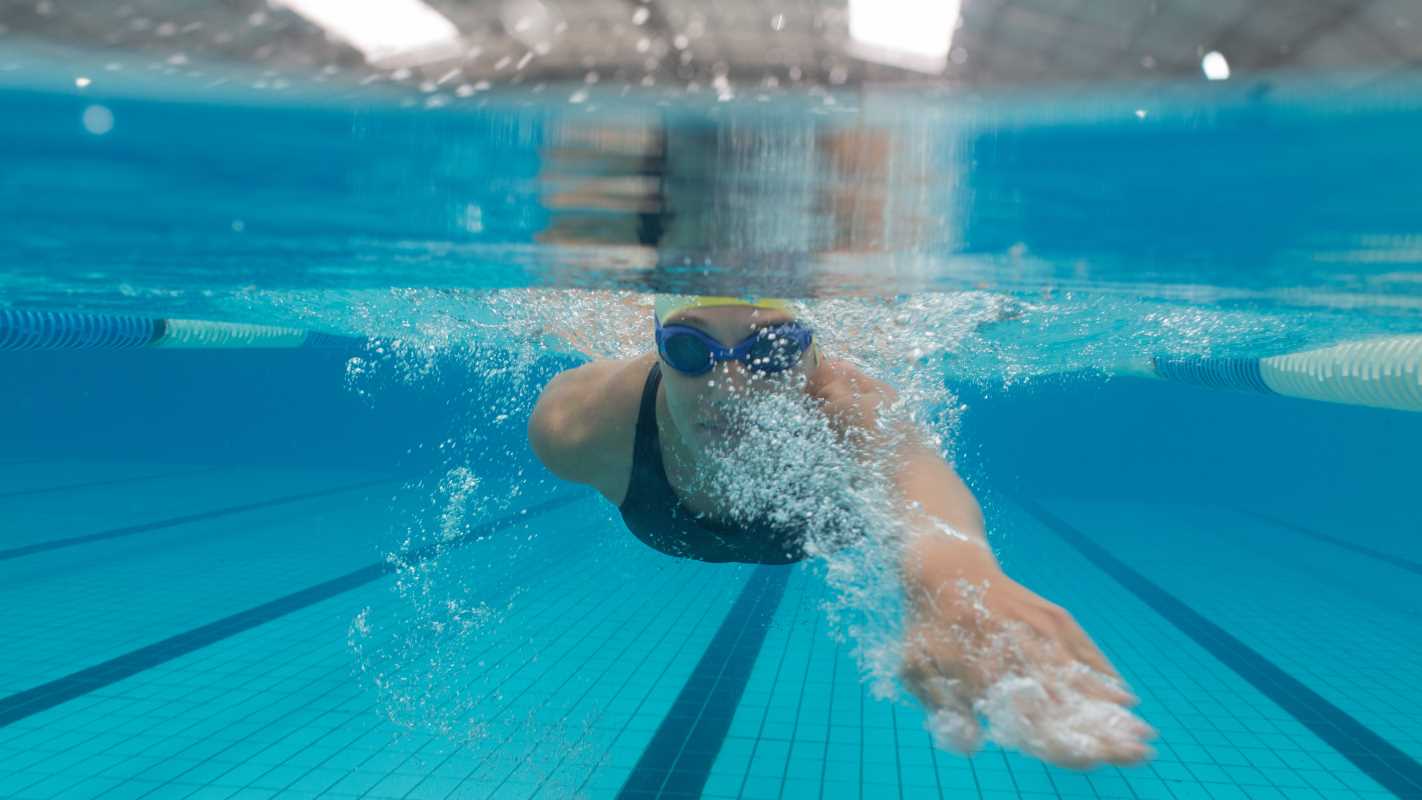Picture yourself racing down the road, the wind rushing past as you push your limits, all thanks to top-of-the-line gear that enhances your comfort and performance without burdening you with extra weight. Nanotechnology in cycling gear offers just that. This advanced technology revolutionizes the cycling experience for professional athletes, providing them with groundbreaking innovations that truly impact their performance. As cyclists embrace this technological leap, they discover how it transforms their sport, giving them an edge that was once unimaginable. With nanotechnology, the cycling world shifts into a new era of enhanced endurance and speed.
The Role of Nanotechnology in Cycling Gear
Nanotechnology revolutionizes the design and functionality of cycling gear. By manipulating materials at an atomic or molecular scale, manufacturers create products that are lighter, stronger, and more efficient than ever before. One significant advancement is the development of nanotechnology gear that adapts to different conditions, providing cyclists with optimal performance support.
For example, textiles infused with nanomaterials enhance breathability and moisture-wicking capabilities while maintaining durability. This integration ensures that gear feels good against the skin and stands up to the intense demands of professional cycling.
Benefits of Nanotechnology Gear for Cyclists
- Improved Comfort: Nanotechnology enhances the flexibility and softness of fabrics, reducing chafing and fatigue during long rides.
- Increased Efficiency: Lightweight materials reduce the overall weight of the gear, making it easier for cyclists to maintain high speeds with less effort.
- Enhanced Performance: Advanced materials provide better aerodynamics and support, helping cyclists achieve their best results.
- Durability: Nanomaterials resist wear and tear more effectively, ensuring that gear lasts longer and maintains its performance over time.
- Thermal Regulation: Innovative fabrics adapt to temperature changes, keeping cyclists cool in the heat and warm in cooler conditions.
Integrating Nanotechnology into Your Training
Athletes looking to incorporate nanotechnology gear into their training routines can consider several practical steps. Start by upgrading key pieces of your equipment, such as your cycling jersey, shorts, and gloves, to those made with nanomaterials. These upgrades provide immediate benefits in comfort and performance.
Consider integrating sensor-enhanced footwear into your regimen. These advanced shoes track your performance metrics in real time, allowing you to make data-driven adjustments to your training program. Using the capabilities of nanotechnology can optimize every aspect of your cycling performance.
Consult with a coach or trainer who understands the benefits of nanotechnology gear. They can help you select the right products for your specific needs and ensure you get the most out of your investments. Paying attention to how different materials respond to your riding style and conditions can further enhance your training outcomes.
Future Trends in Nanotechnology and Cycling
- Smart Fabrics: The next generation of cycling apparel will feature fabrics that change color or texture based on environmental conditions, providing real-time feedback to cyclists.
- Energy-Harvesting Materials: Gear that captures and stores energy from a cyclist's movements to power small devices like lights or GPS trackers.
- Self-Healing Materials: Innovations in materials science will lead to cycling gear that automatically repairs minor tears and abrasions, extending the lifespan of equipment.
- Enhanced Aerodynamics: Further advancements in nanotechnology will allow for more precise control over the aerodynamic properties of cycling gear, reducing drag and improving speed.
- Personalized Gear: Customized cycling equipment tailored to an individual’s specific body metrics and performance data, maximizing comfort and efficiency.
As nanotechnology continues to evolve, the possibilities for cycling gear appear virtually endless. These advancements will improve performance and enhance the overall experience for cyclists, making the sport more accessible and enjoyable.
Nanotechnology gear significantly enhances cycling performance, offering a competitive edge and improved comfort. As innovations continue to emerge, its role in professional cycling becomes increasingly essential. Integrating these materials benefits both seasoned pros and aspiring athletes alike.
 (Image via
(Image via





